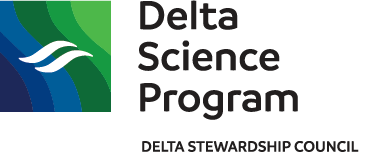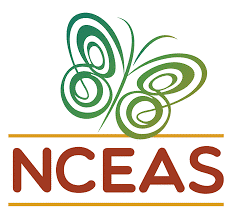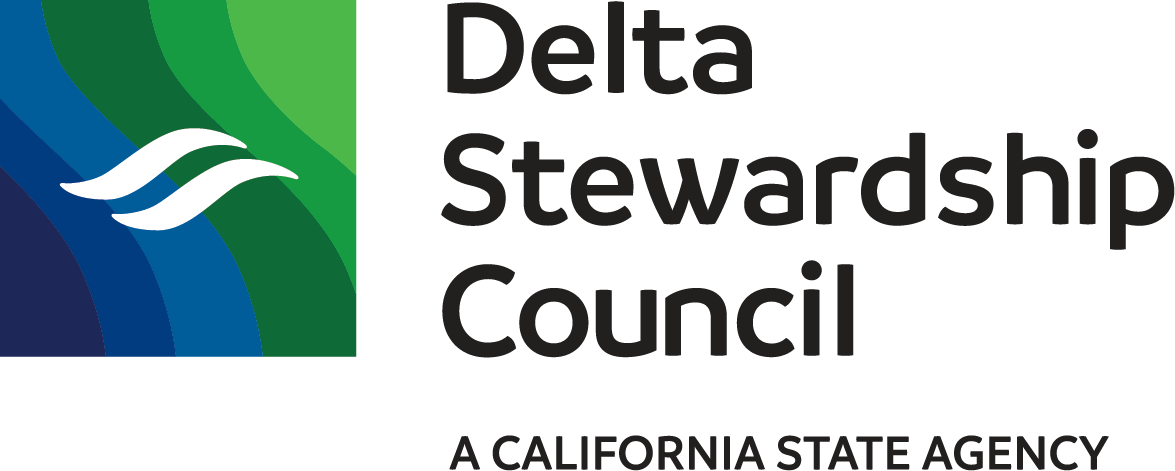The Delta Science Program’s Synthesis Working Group with the National Center for Ecological Analysis
Overview
The Delta Science Program partnered with the National Center for Ecological Analysis and Synthesis (NCEAS) in the summer and fall of 2021 and 2023 to lead two collaborative synthesis working groups. The synthesis working groups delivered high-quality training in synthetic data science, and statistical techniques and provided a focused opportunity for enhanced collaboration between scientists from federal and State agencies as well as academic scientists.
Working group participants convened for three weeks of training and collaboration facilitated by experts from NCEAS. Following this working group event, participants analyzed and synthesized data using their newly developed skills to address questions important to Bay-Delta management. Outputs from the effort include multiple publications, reproducible workflows, R functions, and derived data.
Why a synthesis working group is important
Ecological synthesis is a critical component of ecosystem-based management and informed decision-making. NCEAS’s emphasis on open science principles and techniques promotes transparency and data sharing through reproducible data, software, and workflows. The need for increased capacity, dedicated time, and coordinated synthesis is recognized and included as an action in the Delta Science Plan, Science Action Agenda, and Interagency Ecological Program Science Strategy.
2025 Delta Synthesis Working Group calls for ideas and participants
Do you have an idea that would be a great synthesis topic? We want to hear from you!
The Delta Science Program, in partnership with NCEAS, is seeking synthesis topic ideas for an upcoming synthesis working group in the fall of 2025. Please note that this is not an opportunity to collect data. Submissions should focus on identifying questions for which existing, publicly available data can be leveraged to inform Bay-Delta management needs. Ideas can be submitted by anyone, even those unable to participate in the working group.
Don’t have a topic but want to be included? Let us know! We are also seeking participants interested in building their skill set and capacity for synthesis science.
2025 Delta Synthesis Call for Synthesis Ideas
2025 Delta Synthesis Call for Participants
Participants
The working group consisted of 16 participants from nine agencies and universities interested in bringing together environmental and social data to solve problems at the human-environment interface in the San Francisco Estuary. Affiliations of participants include:
- Bureau of Ocean Energy Management (BOEM)
- California Department of Fish and Wildlife (CDFW)
- California Department of Water Resources (DWR)
- California Office of Environmental Health Hazard Assessment (OEHHA)
- California State Water Resources Control Board (SWRCB)
- Delta Stewardship Council (DSC)
- San Francisco Estuary Partnership (SFEP)
- University of California Davis (UCD)
- University of California Merced (UCM)
Goals
Synthesis leverages disparate datasets and advances the information available to address complex management issues. With this effort, we aim to provide innovative data science and statistics training with immediate opportunities to use those newly acquired skills to synthesize available data and produce relevant research. This working group will focus on expanding multi-benefit approaches to managing the Delta as a social-ecological system and investigate the integration of human dimension data into research and management decision-making. This may include the development of integrated frameworks, data visualization tools, and models of social-ecological systems that evaluate, for example,
- how ecosystem restoration projects benefit and burden human communities, with an emphasis on environmental justice,
- Evaluate the social economic, and ecological costs and benefits of levee infrastructure within the Delta, and
- the sensitivity of social metrics to different socio-political or environmental scales.
Progress
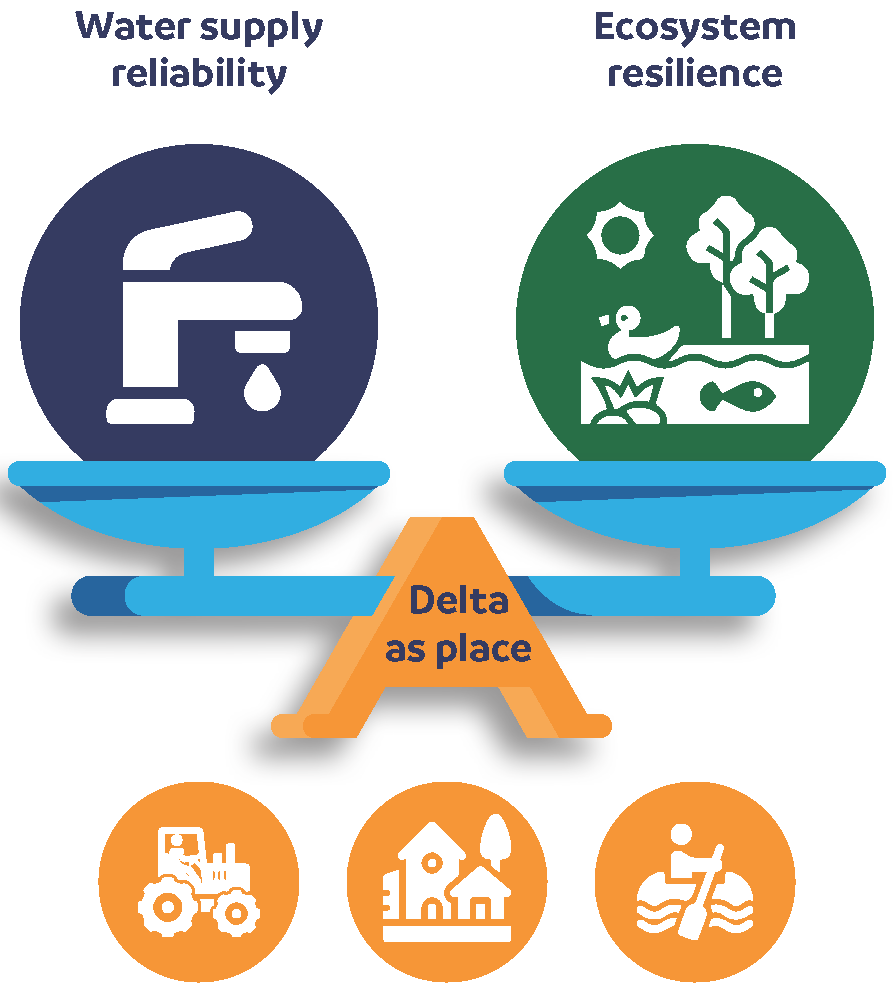
The training event began in June of 2023, and in the summer months, participants focused on data publications. Training events continued in fall 2023, with an emphasis on interdisciplinary analysis techniques, such as human subject research considerations within reproducible workflows, spatially explicitly modeling using Census data, and text analysis. The products from this effort will build and integrate knowledge of the social processes and behaviors of Delta communities to support effective and equitable natural resource management. This effort will address complex information needs with peer-reviewed articles, presentations, and briefings. Targeted management briefings are also possible and will be determined by the synthesis findings.
Next steps
The products from this working group are anticipated to be released by December 2024 and will offer strong scientific support in expanding multi-benefit approaches to managing the Delta as a social-ecological system (addressing Science Action Agenda, Management Need 3).
Learn more
Participants
The working group consisted of 18 participants from nine agencies and universities interested in synthesis projects involving primary productivity, contaminants, connectivity, climate change, growth, floodplains, zooplankton, food web linkages, forecasting, hydrodynamics, and more. Affiliations of participants include:
- California Department of Fish and Wildlife (CDFW)
- California Department of Water Resources (DWR)
- Delta Stewardship Council, Delta Science Program (DSP)
- National Oceanic and Atmospheric Administration (NOAA)
- University of California Berkeley (UCB)
- University of California Davis (UCD)
- University of California Santa Cruz (UCSC)
- U.S. Bureau of Reclamation (USBR)
- U.S. Fish and Wildlife Service (USFWS)
- U.S. Geological Survey (USGS)
Goals
The working group is leveraging the fall 2021 training and the collaborative setting to analyze drivers of the estuarine aquatic food supply. Products from this working group will offer strong scientific support to inform decision-making for restoration, protection of endangered species, and management of flow actions. The focus on food webs serves broad interagency goals, such as ecosystem function, resilience, and sustainability. Furthermore, comprehensive, spatially explicit, food-web modeling that is tied to environmental driving forces and conditions is a recommendation in the Independent Science Board's review of The Science of Non-native Species in a Dynamic Delta.
Progress
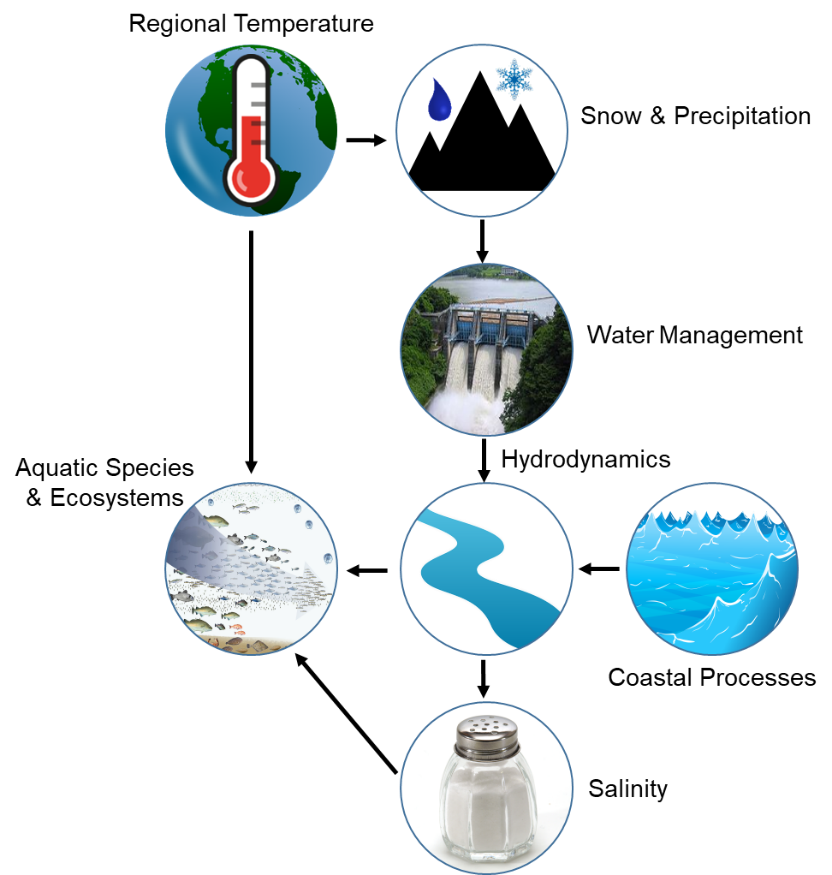
In the summer of 2021, the Delta Science Program worked with a data wrangling and publication expert from the NCEAS in the integration and publication of ‘estuarine food supply' relevant datasets from the Interagency Ecological Program and working group participants. The Delta Science Program sees this as an opportunity to make select datasets that previously had limited accessibility more available. The three-week synthesis, collaboration, and statistics training was held in September, October, and November 2021. Delta Science Program project leads presented results at the January 2023 Delta Stewardship Council meeting.
Next steps
The participants were divided into two distinct subgroups focusing on the following:
- The effect of flood management on estuary health.
- Identifying the drivers of food web dynamics on an estuary scale.
In March 2022, both subgroups presented preliminary results at the Delta Independent Science Board meeting (beginning at 2:05) and Interagency Ecological Program (IEP) Annual Workshop (beginning at 20:53). Recent products include two new R packages, deltafish and inundation, as well as the Environmental Monitoring Program’s benthic invertebrate monitoring data publication (Wells and IEP 2021), Sacramento-San Joaquin Delta genus and community level classification maps (Shruti Khanna, Susan Ustin, Erin Hestir, et al. 2022), fish abundance in the San Francisco Estuary (1959-2021), an integration of 9 monitoring surveys (Bashevkin et al., 2022), daily water temperature (C) in the Yolo Bypass and Sacramento River, 1998-2019 (Goertler and Pien, 2022), modeled daily Yolo Bypass inundation (Goertler, 2022) data from "evaluating top-down, bottom-up, and environmental drivers of pelagic food web dynamics along an estuarine gradient" (Mitchell et al., 2023), data from “floodplain inundation and lateral connectivity promote productivity in the river ecosystem” (Pien et al., 2023 ) and zooplankton energy densities from literature (Dudley et al., 2022).
The R code for the above data sets are publicly available through GitHub. These include Connectivity synthesis, food web synthesis, meta-analysis, chlorophyll integration, phytoplankton enumeration synthesis, and Delta smelt diet integration.
Each subgroup will produce one or two peer-reviewed journal submissions, R functions, and derived data, along with communication materials for a manager-level and general audience. Manuscripts from the 2021 workshop: Evaluating top-down, bottom-up, and environmental drivers of pelagic food web dynamics along an estuarine gradient.
Learn more
The following table provides the curricula for the synthesis working group, as well as interim data and code products, and will be updated as more products are available. To learn more, please visit the links in the table below.
